The Dental Hygienists Guide to Nutritional Care 5th Edition by Cynthia – Test Bank
Chapter 04: Carbohydrate: The Efficient Fuel
Stegeman: The Dental Hygienist’s Guide to Nutritional Care, 5th Edition
MULTIPLE CHOICE
1. Photosynthesis results in the formation of a carbohydrate and the release of oxygen. A carbohydrate can be referred to as a hydrated carbon.
|
a. |
Both statements are true. |
|
b. |
Both statements are false. |
|
c. |
The first statement is true; the second is false. |
|
d. |
The first statement is false; the second is true. |
ANS: A
Both statements are true. Photosynthesis of carbon dioxide and water results in the release of oxygen and the formation of a carbohydrate called glucose. Consequently, a carbohydrate is also referred to as a hydrated carbon.
DIF:RecallREF: pp. 65-66OBJ:1
TOP: NBDHE, 3.0 Biochemistry and Nutrition
2. Sucrose, lactose, and fructose can be metabolized by bacterial plaque. Fructose, also known as levulose and found naturally in honey, is less cariogenic than sucrose and lactose.
|
a. |
Both statements are true. |
|
b. |
Both statements are false. |
|
c. |
The first statement is true; the second is false. |
|
d. |
The first statement is false; the second is true. |
ANS: C
The first statement is true; the second is false. Any fermentable carbohydrate, including sucrose, lactose, and fructose are readily metabolized by oral microorganisms and can result in demineralization of tooth enamel. While fructose is a natural sugar found in honey, note that natural sugars in unprocessed foods such as bananas, honey, and raisins, are potentially as cariogenic as sucrose. The body cannot distinguish between natural honey, refined table sugar, or high fructose corn syrup. All are absorbed and metabolized in the same manner as the component sugars. Note that fructose is also known as levulose and is the sweetest of the monosaccharides.
DIF:RecallREF:p. 67| p. 78OBJ:4
TOP: NBDHE, 3.0 Biochemistry and Nutrition
3. Sucrose, lactose, and fructose can result in demineralization of tooth enamel because they rapidly diffuse into plaque biofilm and raise pH levels.
|
a. |
Both the statement and the reason are correct and related. |
|
b. |
Both the statement and the reason are correct but are not related. |
|
c. |
The statement is correct, but the reason is not correct. |
|
d. |
The statement is not correct, but the reason is correct. |
|
e. |
Neither the statement nor the reason is correct. |
ANS: C
The statement is correct, but the reason is not correct. Sucrose, lactose, and fructose lower the pH levels of plaque biofilms. Note that lower pH levels are more acidic, whereas higher pH levels are more alkaline. These sugars diffuse rapidly into plaque biofilm and become available for bacteria, and the resulting decrease in pH level makes demineralization more likely because of acidic conditions.
DIF: Comprehension REF: p. 78 OBJ: 4
TOP: NBDHE, 3.0 Biochemistry and Nutrition
4. It is well established that removing sucrose from the diet results in a significant reduction of dental caries. Although the total elimination of sweets permanently is unrealistic, the best advice includes consuming sugar in moderation and limiting the frequency of sugar exposure.
|
a. |
Both statements are true. |
|
b. |
Both statements are false. |
|
c. |
The first statement is true; the second is false. |
|
d. |
The first statement is false; the second is true. |
ANS: D
The first statement is false; the second is true. For many years, sucrose, the most frequently consumed form of sugar, has been incorrectly considered the “arch villain” in dental caries formation. Although sucrose and other carbohydrates have unusual biochemical properties that promote bacterial growth, most experts recognize that carbohydrates provide the energy required for optimal nutrition. Consequently, the American Dental Association joins other experts in recommending strategies for moderating and limiting the consumption of all sugars. An example is the American Dental Association’s recommendation to replace sucrose-containing cough drops and breath mints with products containing noncariogenic sweeteners, preferably xylitol.
DIF: RecallREF:p. 78OBJ:4
TOP: NBDHE, 3.0 Biochemistry and Nutrition
5. The most significant dietary influence on the development of dental caries is:
|
a. |
carbohydrates. |
|
b. |
vitamins. |
|
c. |
minerals. |
|
d. |
fats. |
|
e. |
proteins. |
ANS: A
The potential for dental caries and acid production exists every time a carbohydrate is eaten. The other nutrients do not have the same ability to reduce salivary pH to acidic levels. Of interest to dental hygienists and their patients, proteins, and fats are cariostatic because they cannot be metabolized by microorganisms in plaque biofilm; therefore, these nutrients are considered to inhibit caries. Vitamins and minerals are essential to metabolism and maintenance of health.
DIF: RecallREF:p. 78OBJ:4
TOP: NBDHE, 3.0 Biochemistry and Nutrition






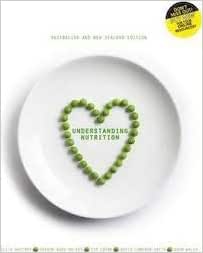
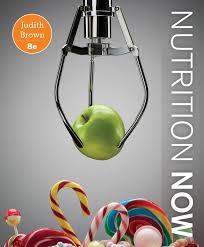
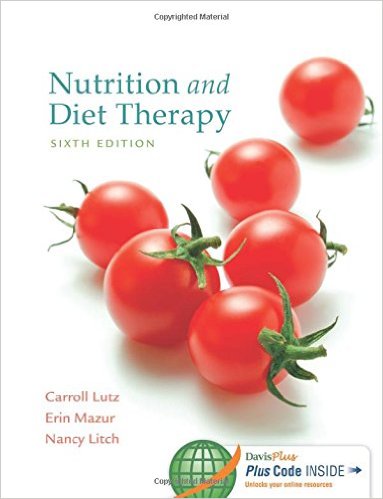

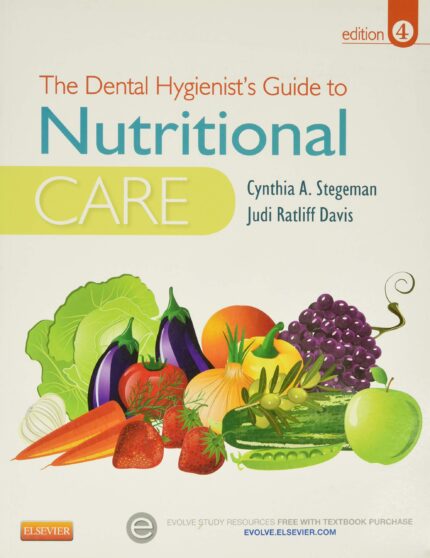
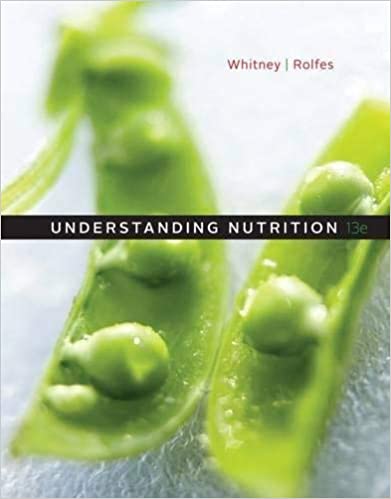
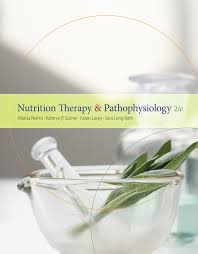

Reviews
There are no reviews yet.